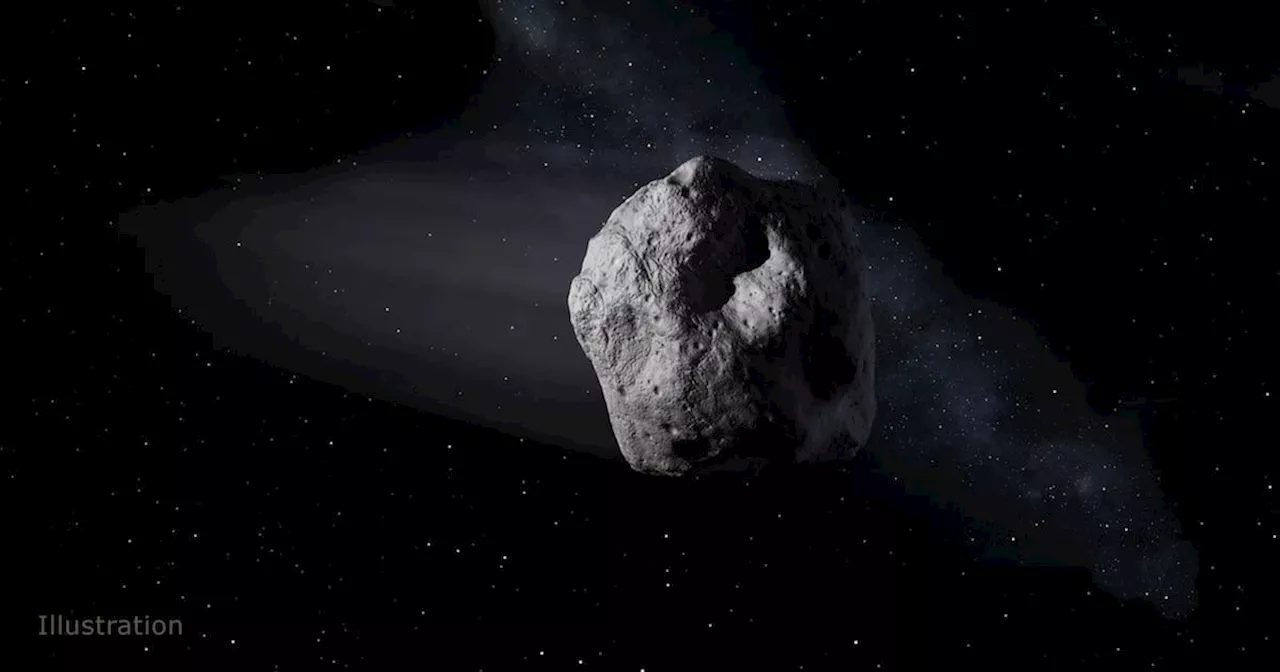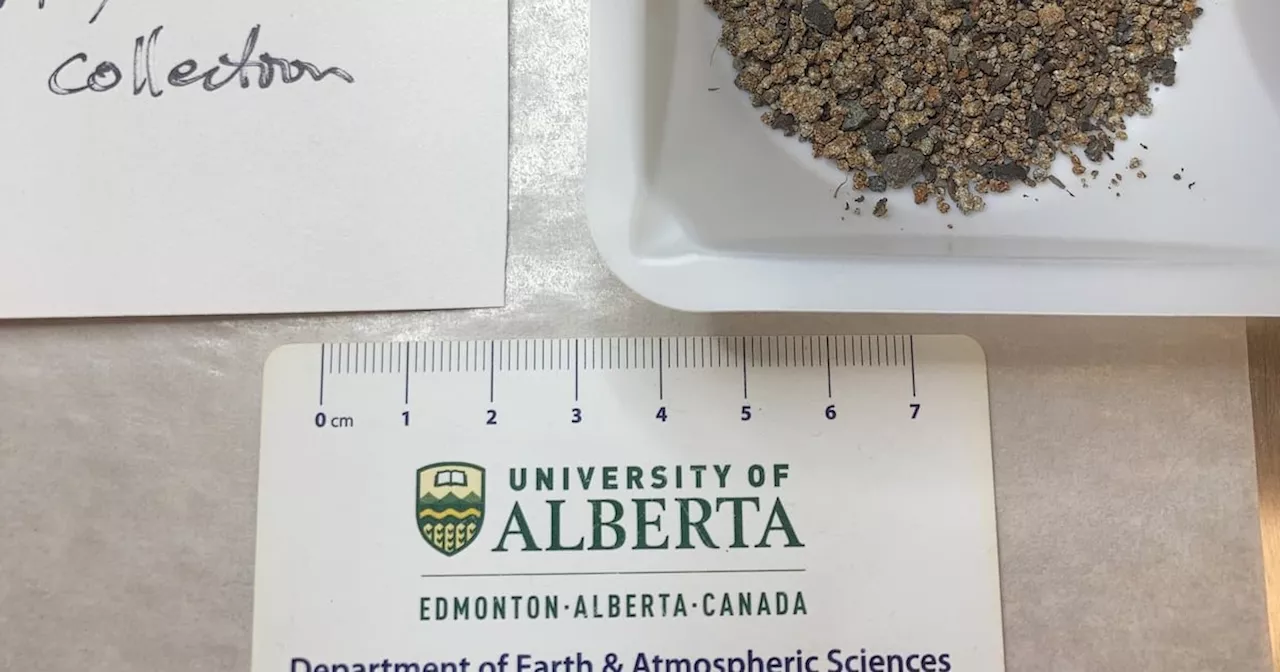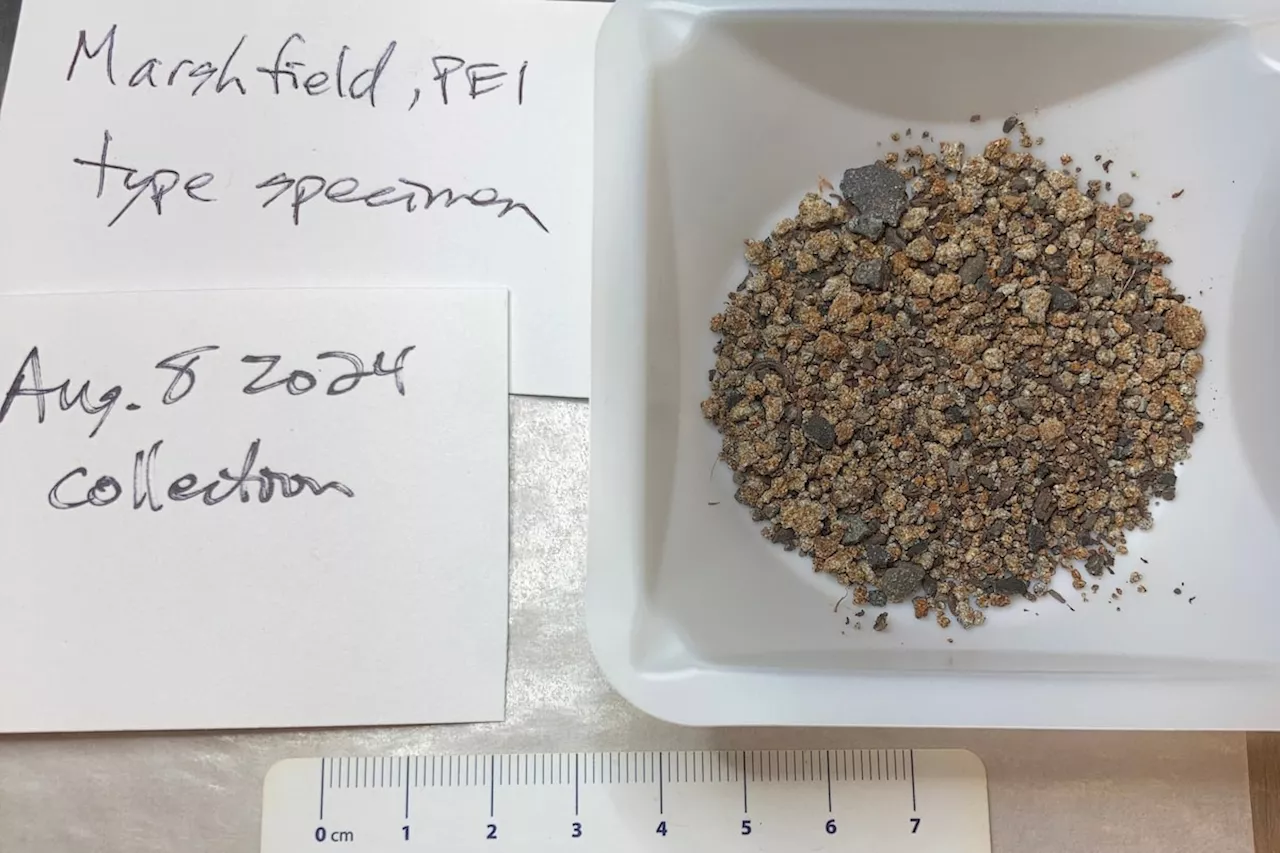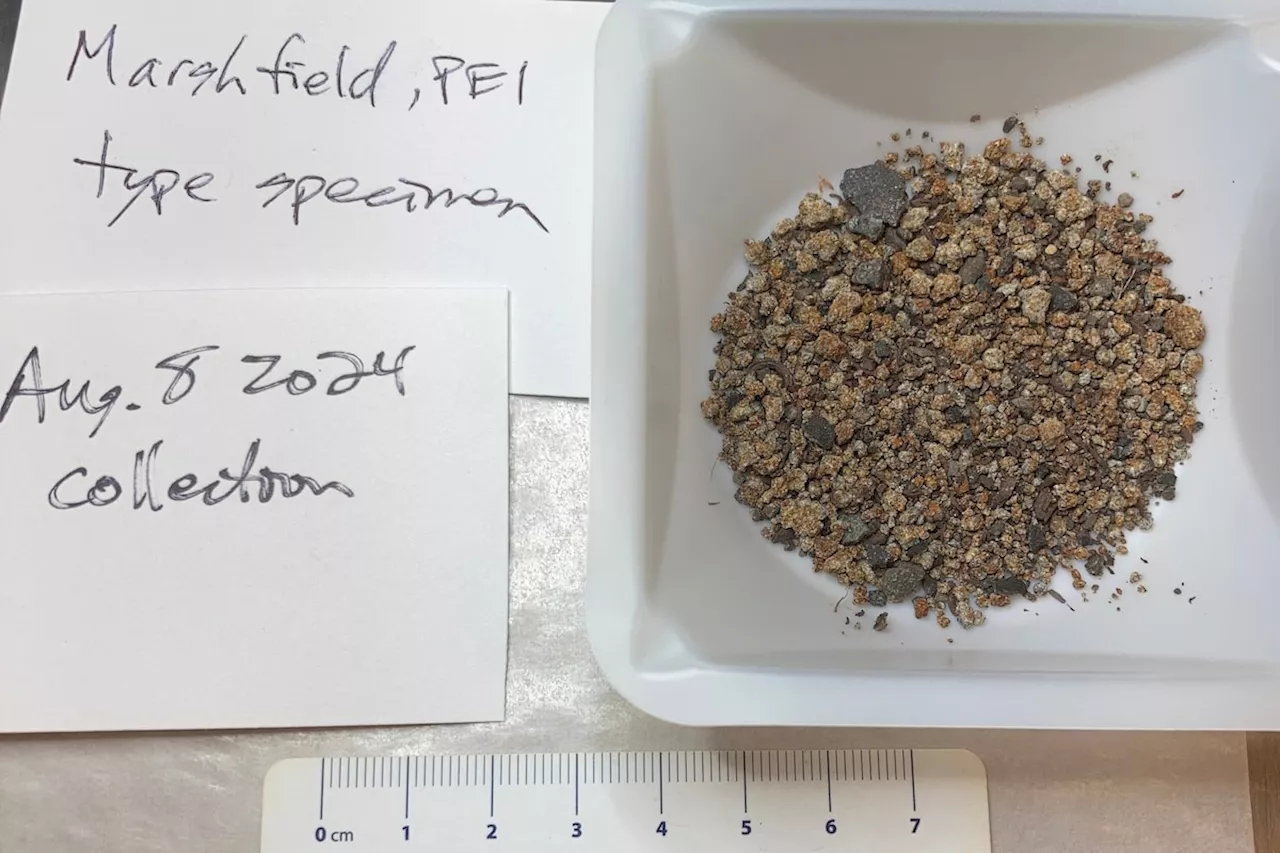NASA's OSIRIS-REx mission returned samples from asteroid Bennu, revealing key insights into the building blocks of life and the potential for life's delivery to early Earth.
Scientists have finally had a close look at the rubble collected by a NASA spacecraft from an asteroid. This sample, gathered from asteroid Bennu, is providing new insights into the building blocks of life that were present in the early solar system and how they might have reached Earth. Bennu, a carbon-rich asteroid, is believed to be a remnant of an ancestral asteroid that formed approximately 4.
5 billion years ago, making it a valuable time capsule for understanding the early solar system's composition. By examining the minerals within the asteroid sample, researchers discovered evidence of ancient salty water pockets or veins. These briny fluids likely contained sodium, chlorides, fluorides, carbonates, and phosphates, essential elements for life. The findings, published in a new study, suggest that Bennu's parent asteroid once hosted conditions conducive to the formation of complex organic molecules.Further analysis revealed the presence of amino acids, including 14 of the 20 used to build proteins in living organisms, along with all five nucleobases, the building blocks of RNA and DNA. This discovery strengthens the theory that asteroids like Bennu played a crucial role in delivering the essential ingredients for life to early Earth and potentially other planets. The asteroid's composition, with its carbon-based molecules forming in salty water, provides a unique glimpse into the conditions that may have existed during the origin of life. Scientists also investigated the distribution of left-handed and right-handed amino acids in the sample, as living organisms primarily utilize the left-handed form. Surprisingly, the Bennu sample contained both forms in roughly equal amounts, challenging the prevailing theory that the early universe was enriched with left-handed molecules. This finding adds another layer of complexity to the ongoing quest to understand the origin of life's chiral preference
Asteroid Bennu NASA OSIRIS-Rex Origin Of Life Amino Acids Nucleobases Early Solar System
Canada Latest News, Canada Headlines
Similar News:You can also read news stories similar to this one that we have collected from other news sources.
 Artist's Illustration Depicts Typical AsteroidAn artist's illustration showcases a typical asteroid, highlighting their origin in the main asteroid belt between Mars and Jupiter, with some being formed from impacts that chipped off parts of the moon's surface.
Artist's Illustration Depicts Typical AsteroidAn artist's illustration showcases a typical asteroid, highlighting their origin in the main asteroid belt between Mars and Jupiter, with some being formed from impacts that chipped off parts of the moon's surface.
Read more »
 'Creepy As Hell': Mysterious “Help” Signs Spotted On Google Earth Spark Wild Conspiracy Theories'It should be taken seriously because they tried hard to get noticed by writing 'Help' multiple times'
'Creepy As Hell': Mysterious “Help” Signs Spotted On Google Earth Spark Wild Conspiracy Theories'It should be taken seriously because they tried hard to get noticed by writing 'Help' multiple times'
Read more »
 Sound and video of meteorite crashing to Earth captured on video in P.E.I.A P.E.I. resident’s home security camera captured video and audio of a meteorite crashing onto the walkway outside his front door.
Sound and video of meteorite crashing to Earth captured on video in P.E.I.A P.E.I. resident’s home security camera captured video and audio of a meteorite crashing onto the walkway outside his front door.
Read more »
 Home Security Camera Captures First Footage of Meteorite Landing on EarthJoe Velaidum's home security camera in Prince Edward Island, Canada, captured a meteorite striking his walkway in July 2024. This is believed to be the first recorded footage and sound of a meteorite landing on Earth and the first confirmed space rock to fall in the Maritimes. Chris Herd, the University of Alberta's meteorite collection curator, confirmed the object's authenticity after analyzing footage and collected debris.
Home Security Camera Captures First Footage of Meteorite Landing on EarthJoe Velaidum's home security camera in Prince Edward Island, Canada, captured a meteorite striking his walkway in July 2024. This is believed to be the first recorded footage and sound of a meteorite landing on Earth and the first confirmed space rock to fall in the Maritimes. Chris Herd, the University of Alberta's meteorite collection curator, confirmed the object's authenticity after analyzing footage and collected debris.
Read more »
 Sound and video of meteorite crashing to Earth captured on video in P.E.I.The video is believed to show the first footage and sound of a meteorite landing on Earth – and the first reported and confirmed space rock to fall in the Maritimes
Sound and video of meteorite crashing to Earth captured on video in P.E.I.The video is believed to show the first footage and sound of a meteorite landing on Earth – and the first reported and confirmed space rock to fall in the Maritimes
Read more »
 Rare Comet 2024 G3 ATLAS Passes Earth, But Metro Vancouverites May Miss the ShowComet 2024 G3 ATLAS, a rare and bright celestial event, is making its way past Earth but Vancouverites may not get a good view. The comet, touted as a 'once-in-a-lifetime' sight, is passing exceptionally close to the sun and its path favors the Southern Hemisphere. While it may be visible for a few more days this week and through the end of January, its brightness is diminishing and it will be low on the horizon, making it difficult to see.
Rare Comet 2024 G3 ATLAS Passes Earth, But Metro Vancouverites May Miss the ShowComet 2024 G3 ATLAS, a rare and bright celestial event, is making its way past Earth but Vancouverites may not get a good view. The comet, touted as a 'once-in-a-lifetime' sight, is passing exceptionally close to the sun and its path favors the Southern Hemisphere. While it may be visible for a few more days this week and through the end of January, its brightness is diminishing and it will be low on the horizon, making it difficult to see.
Read more »
